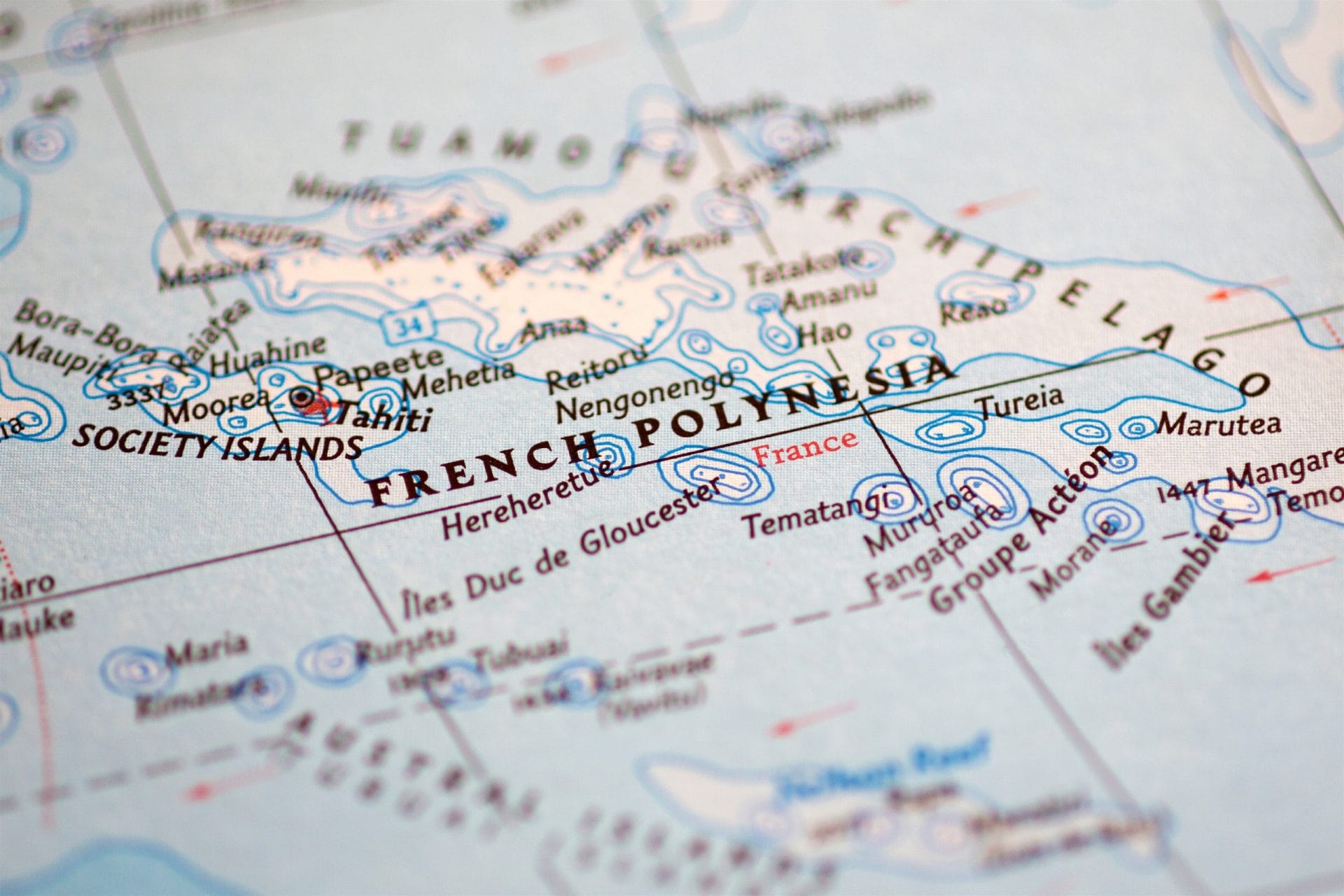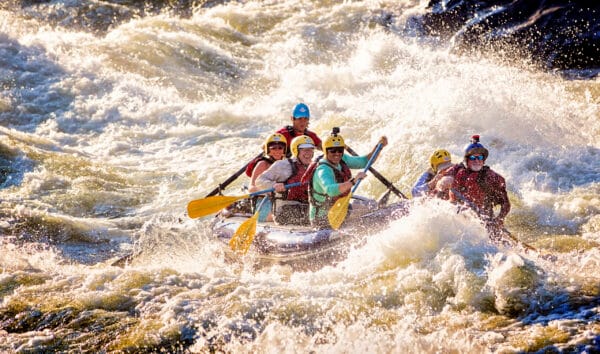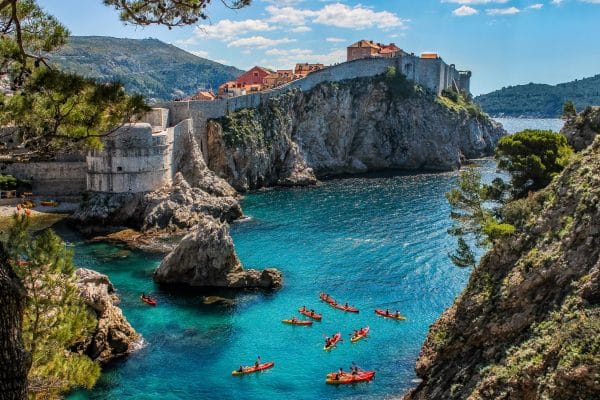French Polynesia has over 120 islands and atolls spread over more than 1200 miles in the Pacific Ocean. Split into a number of archipelagos, (Austral, Gambier, Marquesas, Society and Tuamotu) this French collectivity offers a unique experience when exploring by sailboat. Whilst you would need a month (or more) to explore all the islands and atolls, you can get a wonderful snapshot of history, adventure and a little bit of luxury with overwater hotels in a little over a week.
Tahiti:
Tahiti is the largest island in French Polynesia and serves as the economic, cultural, and political center of the region. Flights will arrive into Papeete to its’ Fa’a International Airport. The island has a rich history, with its earliest settlers arriving from Southeast Asia around 300 AD. European explorers, including Captain James Cook, visited in the 18th century, bringing significant changes. Adventure seekers can embark on a thrilling 4×4 safari tour to the Papenoo Valley, exploring hidden waterfalls, ancient archaeological sites, and the island’s rugged volcanic landscapes.
Moorea:
Moorea, with its stunning landscapes and clear waters, was settled by Polynesians around 1,000 years ago. European contact began with the arrival of Captain Cook in 1769. The island’s ancient Marae (temples) offer a glimpse into its storied past. For adventure, diving with sharks and rays in the lagoon is a must. Guided tours allow you to safely swim alongside blacktip reef sharks and friendly stingrays in the crystal-clear waters. Humpback whales arrive on their migration north from Antarctica, making August and September ideal months to visit.
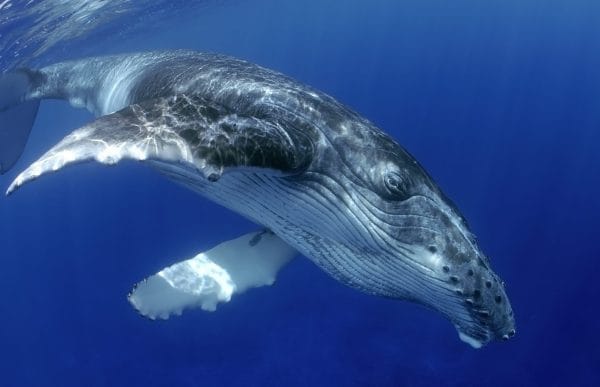
Bora Bora:
Known for its idyllic lagoon, Bora Bora was originally called “Vava’u” and settled by Polynesians around the 4th century. Its modern name, given by explorer James Cook, means “First Born” in Tahitian mythology. During World War II, the U.S. established a military supply base here, remnants of which can still be seen. The top adventure on Bora Bora is snorkeling or scuba diving in its lagoon, exploring colorful coral gardens and diverse marine life.
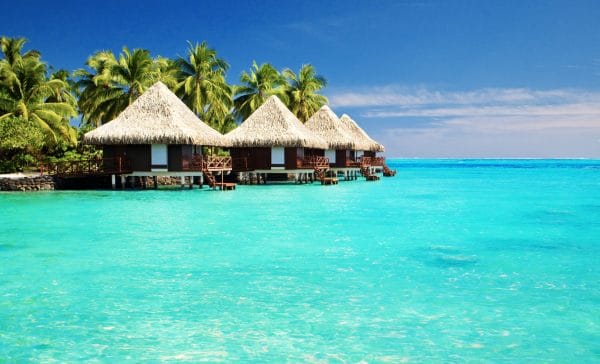
Raiatea:
Raiatea, where we start our sailing trip, is often considered the cradle of Polynesian culture, is home to the Taputapuatea marae, a UNESCO World Heritage site. This ancient temple complex was a central religious and political site and a departure point for Polynesian navigators. For adventure, kayaking along the Faaroa River is essential. It’s the only navigable river in French Polynesia and offers a unique way to explore the island’s lush interior.

Taha’a:
Taha’a, sharing a lagoon with Raiatea, is famous for its vanilla plantations and relaxed atmosphere. The island’s history is intertwined with that of Raiatea, and it also has several marae. For an adventure, snorkeling in Taha’a’s coral gardens is ideal, where you can drift with the current through vibrant coral reefs teeming with tropical fish.
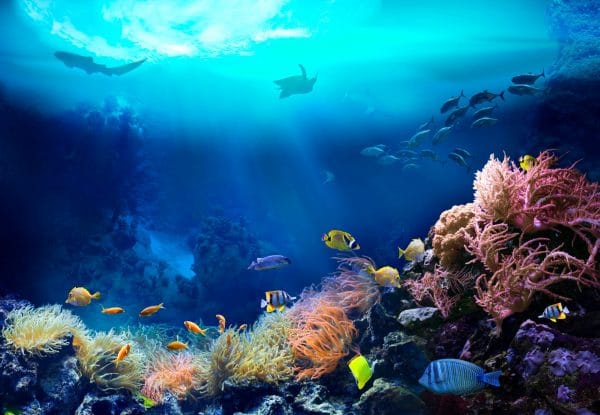
Huahine:
Huahine, known for its ancient temples and fish traps, provides insight into early Polynesian culture. The island is actually two islands connected by a bridge: Huahine Nui and Huahine Iti. Adventurers can explore archaeological sites or take a horseback ride along its picturesque beaches and through lush forests, connecting with the island’s past and natural beauty.
Tetiaroa:
Tetiaroa, once a retreat for Tahitian royalty, gained fame as Marlon Brando’s private island. It has a rich history, from being a royal getaway to a research and conservation center today. For an unforgettable adventure, go on a guided eco-tour to see its rich biodiversity, including sea turtles and exotic birds, while learning about the island’s conservation efforts.
Maupiti:
Maupiti is a small, unspoiled island with a history that mirrors that of Bora Bora, though it has remained less developed. The island’s isolation has preserved its cultural heritage. Adventurous visitors can hike to the top of Mount Teurafaatiu. The climb is challenging but rewards hikers with panoramic views of the lagoon and surrounding motus.
Manihi:
Manihi, known for its black pearl farms, has a quieter history, focusing on traditional Polynesian life and later pearl cultivation. Snorkeling in the atoll’s lagoon offers a unique adventure, allowing visitors to see the pearl farms up close and the diverse marine life, including colorful fish and intricate coral formations.
Fakarava:
Fakarava, part of a UNESCO Biosphere Reserve, was once a hub for the pearling industry and has a history marked by the construction of its Catholic church in the village of Rotoava in the 19th century. It is renowned for its pristine environment and incredible diving spots. Fakarava’s south pass, Tumakohua Pass, is a world-renowned dive site where divers can encounter grey reef sharks and a myriad of other marine species in a thrilling underwater spectacle.
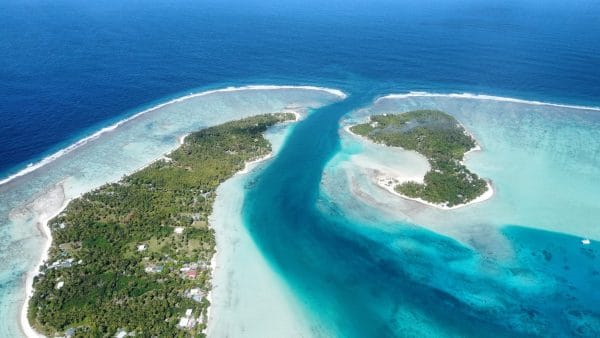
Each island in Tahiti not only offers unique adventures but also a rich historical tapestry, from ancient Polynesian temples to World War II relics, making them fascinating destinations for both history enthusiasts and adventure seekers.
